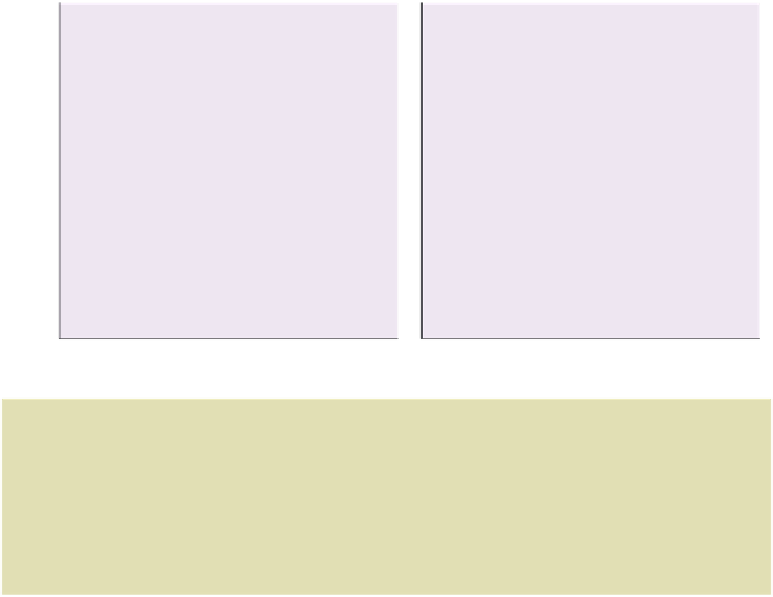Biology Reference
In-Depth Information
t
= 0.07
p
> 0.90
t
= 0.70
p
< 0.0001
10
9
8
7
6
5
4
3
2
1
0
0
1
2
3
0
10
20
30
40
50
60
70
80
Social mating system
extra-bond paternity (% offspring)
Fig. 7.17
A comparative study of bird plumage dimorphism by Owens and Hartley
(1998) showed that sexual dimorphism did not correlate with social mating system
(number of mates: 0 - social monogamy, 1 to 3 - increasing levels of male polygyny),
but increased significantly with extra-bond paternity (percentage offspring sired by
extra-bond males). Plumage dimorphism is scored on a scale from zero (no difference
between males and females) to ten (males much brighter than females). Circle sizes
reflect sample size.
Species
Attractive
male trait
Trait of extra-pair
male compared to
social mate
Reference
Table 7.3
In some
song birds, females
seek extra-pair
matings from males
whose display traits
are more elaborate
than those of their
social mates
Great reed warbler
Acrocephalus
arundinaceus
Song repertoire
Larger
Hasselquist
et al
.
(1996)
Barn swallow
Hirundo rustica
Tail length
Larger
Saino
et al
. (1997)
Blue tit
Cyanistes
(Parus) caeruleus
Ultraviolet
reflectance of
crown feathers
Brighter
Hunt
et al
. (1999)
Kempenaers
et al
.
(1997)
Collared flycatcher
Ficedula albicollis
White patch on
forehead
Larger
Michl
et al
. (2002)
Sheldon
et al
. (1997)
most actively seek extra-pair matings. In all four examples in Table 7.3, there is experimental
evidence that these display traits are attractive to females. Furthermore, males with the
most developed traits survive better, suggesting these display traits are viability indicators.
Extra-pair males do not provide care, only sperm. Could females be shopping for good






























































































































































